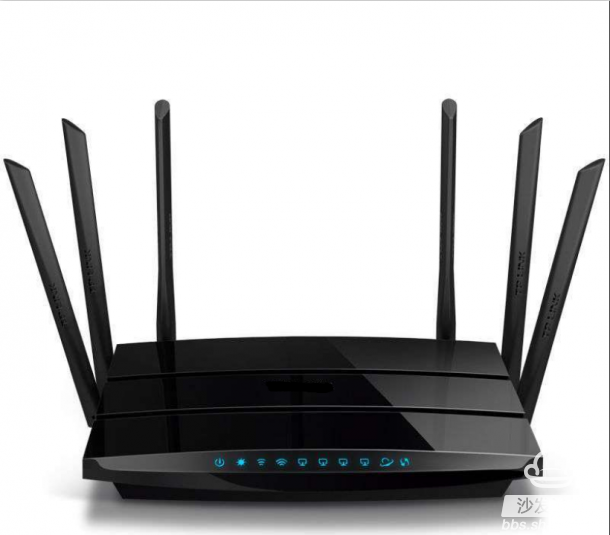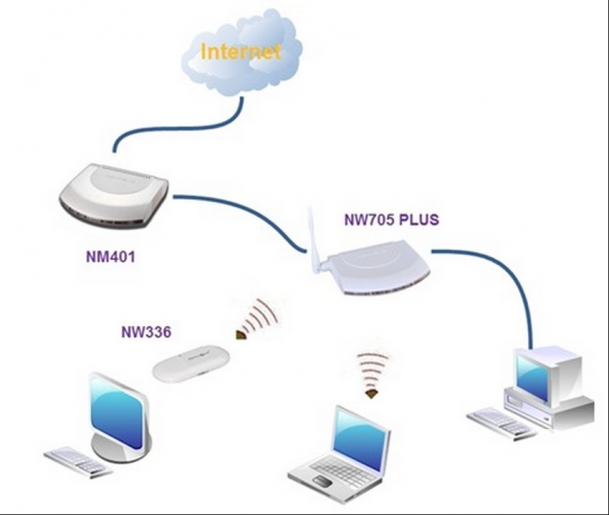With the development of Internet technology, almost every household can't live without the Internet. At the same time, every family has its own network and router, and your cool-to-air TV network video is always buffered. Is it easy to drop when using AirPlay, Miracast, or DLNA? When network effects are good or bad? So did you actually use the wireless performance of your TV? Some people watched the video card. The first reaction was that the TV had a problem. The TV was really complaining about these complaints. In fact, they did not understand clearly where the problem lies. Therefore, the view of Internet TV, the setting of wireless routers is particularly critical, and Speed, stability and compatibility, as far as possible to obtain a balanced result. Here I give you a series of suggestions

First, the choice of frequency band - 5G certainly better than 2.4G?
The 5G band does have inherent advantages - less interference and more frequency bands to choose from. However, the disadvantage of the 5G band lies in its weak wall penetration ability and rapid decay speed. When the transmit power and the antenna gain are the same, 5G is about 8dB weaker than the 2.4G signal, which is almost a square of the antenna signal. Wi-Fi will automatically reduce the connection speed under low signal strength to ensure the best connection stability.
Therefore, for a TV, if the wireless signal around your home is not complicated, but your TV is away from the wireless router or shielded, then maybe 2.4G is even faster than 5G.
Second, the choice of bandwidth - 40MHz certainly better than 20MHz?
A total of channels 1-13 are available in the 2.4G band, and each channel is only 5 MHz wide. Therefore, at the 20MHz bandwidth, each Wi-Fi channel actually occupies 4 channels. If you continue to use 40MHz channels, then there will be 8 channels occupied. Inevitably there is a lot of interference, and it is possible that 40MHz is even less stable than 20MHz.
Third, I searched for the surrounding wireless channels, and I wanted to find a channel that nobody would use.
This is absolutely wrong. Remember: In the 2.4G band of the 802.11n era, you must use only the three channels 1, 6, and 11 and you can find one that is not so crowded, but you can only add to the channel of someone else's home. As already mentioned, each channel of Wi-Fi actually occupies ± 2 channels around, so all but 1, 6, and 11 will conflict. The two routers, when the channel numbers are the same, work together in time slots to distinguish different router signals. If the channel numbers of the two routers are different, this collaboration relationship cannot be established. These two kinds of interference, the first is called "Co-Channel" (Co-Channel), the second is called "overlapping channel interference (Overlapping)", the second type of interference is true interference.
Fourth, my router is channel selection is "automatic", it can help me find the best channel?
The answer is "No". Because the location of the router and TV is not the same, the surrounding signal environment does not represent the environment in all parts of your home. Therefore, it is a king to find the most suitable channel manually through the Wi-Fi scanning tool.
Fifth, the country setting of routers generally choose "China". Is this the best?
The answer is "not necessarily." If you choose “Chinaâ€, channel 13 is available. Selecting channel 13 can improve the connection conditions when the 2.4G band is particularly congested. But if not so crowded, choosing "United States" and Channel 11 may surprise you. The maximum radiation power allowed by the United States is greater than China and Europe.

Sixth, TV speed display connection speed is 300MHz, the connection performance is already the best?
The answer is "serious mistakes." The connection speed shown by Android is only the best performance without interference. In the case of a very crowded channel, the speed is only 1/5 of 300 MHz.
Seventh, there aren't many Wi-Fi signals near my home so that I can easily set up channels?
The answer is "error." Be alert to other devices that use the 2.4G frequency, such as Bluetooth, USB3.0, wireless mice, and more. The biggest impact on Wi-Fi is microwave ovens. The general household microwave oven operating frequency is 2.45G, and the leakage power is about 1W. The relative average Wi-Fi router transmission power is 0.08W to 0.1W, the interference will be very strong, and the affected channel will cover channel 5-13. . Therefore, if your router is close to the kitchen (or close to the neighbor's kitchen), then select channel 1 (if channel 1 is less congested).
Eighth, my router is very old, but it also supports 802.11n, so stick with it no problem?
The answer is "not necessarily." It should be noted that the 802.11n standard has undergone two phases of "draft" and "formal release." The draft version of 802.11n is very poorly compatible with the old-fashioned Wi-Fi standard. If your box is connected to Wi-Fi, causing no other wireless devices in your home to use, then congratulations, your router is the standard of the old version, you Need to upgrade the router firmware. If the problem persists after the upgrade, or if it cannot be upgraded, then in your router settings, select 802.11b/g for the Wi-Fi mode and disable 802.11n for maximum compatibility.
Ninth, in order to be compatible with old devices, the encryption specification of the router is WPA-TSK.
The answer is "error." Remember to set the router's encryption specification to WPA2 Personal, or WPA2-AES. Old-fashioned WPA encryption specifications can greatly delay your network speed, even 1/6 of the new encryption specification.
Tenth, I read a post, said that the router's WMM function is turned off, can get very good compatibility?
The answer is "error." WMM (Wireless Media Extension/Wireless Media Management) is a new standard developed with 802.11n that allows Wi-Fi to deliver media faster and more stable. Its specification is called 802.11e. The WMM function of the router enables AirPlay, Miracast, and DLNA to be more stable and faster. This is why DLNA plays video better than SMB.
Are you surprised? I did not expect a router also has so many college questions and skills in it, I also learned slowly step by step, welcome everyone to discuss and share with me! !
Solar On and Off Grid Inverter
Grid Tie Inverter,Solar Pump Inverter,On Grid Solar Inverter,On And Off Grid Inverter
Jinan Xinyuhua Energy Technology Co.,Ltd , https://www.xyhenergy.com